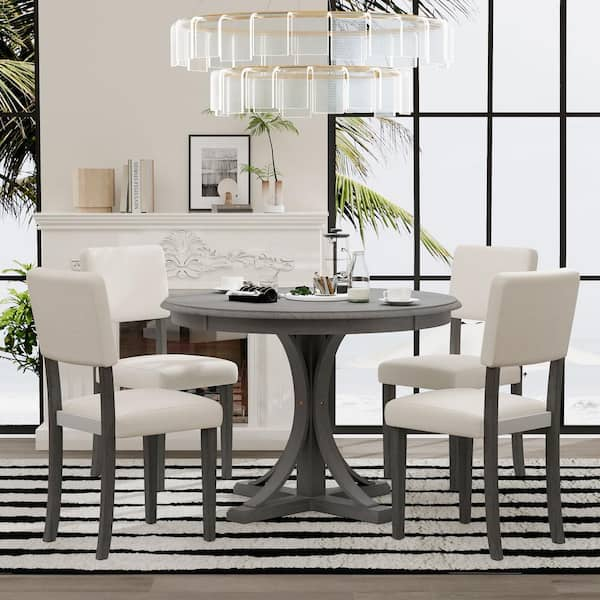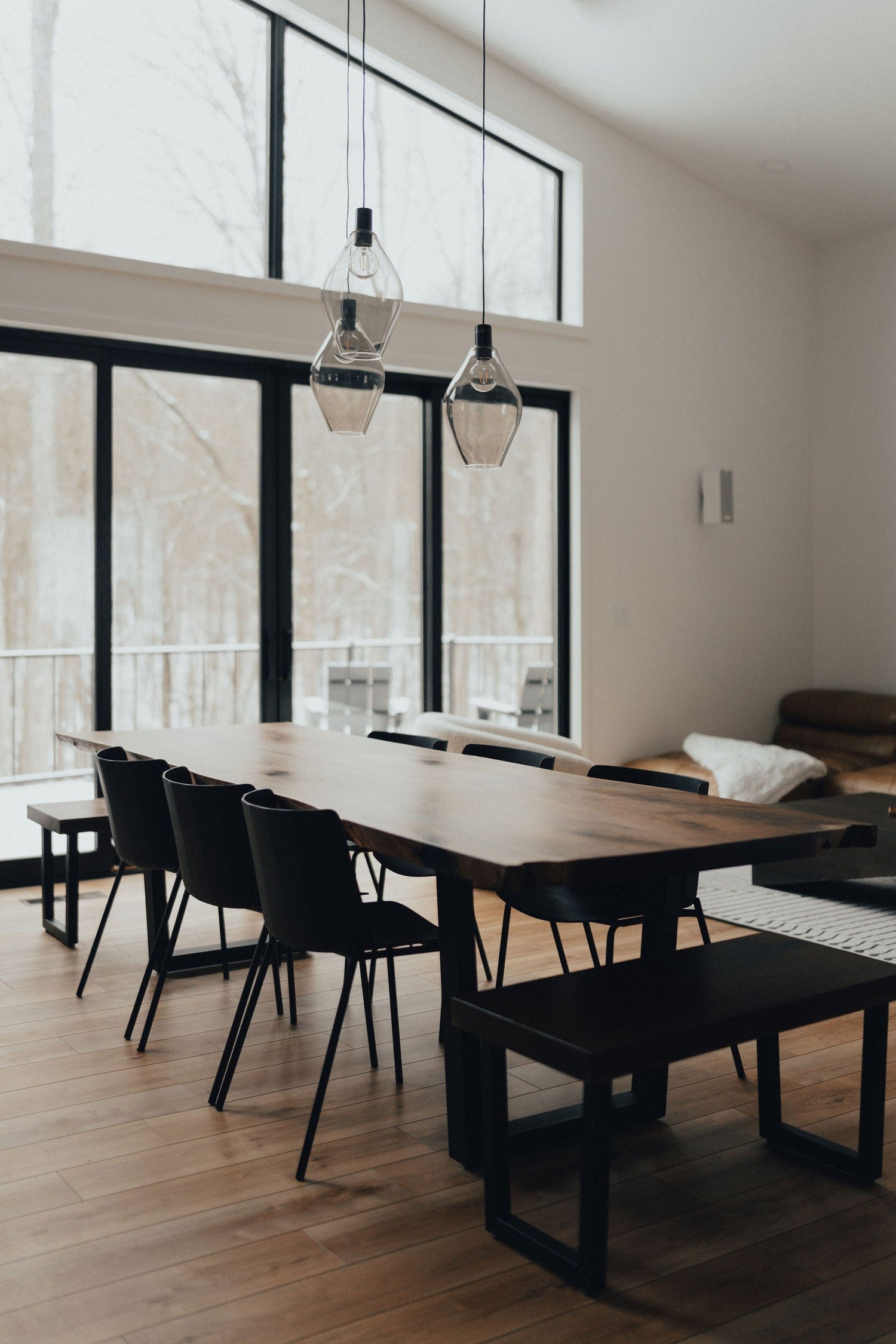How Dining Room Table Legs Can Change the Entire Aesthetic of Your Room
Specialist Tips for Putting Up Eating Space Table Legs for Maximum Stability
When it comes to setting up dining space table legs, accomplishing optimum security is critical for both capability and visual appeals. What particular methods can improve stability even additionally?
Choose the Right Legs
When picking the ideal legs for your eating area table, it is vital to consider both functionality and aesthetics. The legs you pick will substantially affect the total layout and security of the table. Initially, assess the table's intended use; if you expect constant events, tougher legs, such as those made from strong wood or metal, might be better, as they use boosted toughness and support.
Next, consider the height and design of the legs in regard to the table top. Typical table commonly vary from 28 to 30 inches in elevation, so make sure the legs line up with this requirement for comfort. The style of the legs need to enhance the layout of the tabletop-- whether it be modern, rustic, or traditional. Conical legs can add a modern touch, while turned legs could share a much more timeless aesthetic.

Select Appropriate Equipment
Exactly how can the appropriate hardware enhance the stability and long life of your dining-room table? The option of proper equipment is vital to ensuring that the legs of your table are safely affixed and able to hold up against regular use. High-quality screws, bolts, and braces offer the required toughness to sustain the weight of the table, in addition to any kind of extra loads placed upon it during gatherings or meals.
When selecting screws, decide for those made from sturdy materials such as stainless steel or brass, which withstand deterioration and preserve honesty over time. The length of the screws is equally vital; they should permeate deeply into the table's structure without jeopardizing stability. For bolted links, take into consideration making use of lock washing machines to protect against loosening as a result of resonance or activity.
Additionally, using corner brackets can include additional support, especially for larger tables or those with heavier tops. These braces disperse weight uniformly and aid keep the table's shape. Guaranteeing that the hardware you choose is suitable for the specific products of your table will certainly better improve its overall security and long life, permitting you to enjoy your dining experience for several years ahead.
Ensure Appropriate Positioning
Proper placement of dining-room table legs is essential for both aesthetic allure and useful security. Misaligned legs can lead to an irregular table top, which might not only be aesthetically uninviting however also endanger the table's functionality. To attain ideal alignment, start by determining the distance from the table's corners to the leg add-on points. This makes certain that each leg is positioned equidistant from the sides, producing a balanced look.
Use a degree during setup to validate that each leg is perpendicular to the table top. This action is critical, as even small inconsistencies can rise right into significant security concerns in time. It is a good idea to mark the desired leg positions on the bottom of the table with a pencil or concealing tape prior to safeguarding them. This practice works as an aesthetic guide, enabling for changes as needed.
Moreover, verify the placement after the first screws are tightened, as adjustments may be necessary before fully securing the hardware. By prioritizing proper alignment, you not just boost the table's total layout but also guarantee that it stays secure and functional for many years to come.

Think About Weight Distribution
After ensuring correct placement of the dining-room table legs, it is essential to take into consideration weight circulation to enhance security and performance. dining room table legs. try this site Proper weight circulation is vital in stopping wobbling and ensuring that the table can sustain its designated load without danger of tipping or collapsing
When placing the legs, ensure they are positioned at equal ranges from the center of the table to equally disperse the weight throughout the structure. Take into consideration the weight of the table top and any products that will frequently rest on it, such as decorative pieces or tabletop appliances. Tables with much heavier surfaces need to ideally have legs located closer to the corners, as this takes full advantage of the base of assistance and lessens the threat of instability.
Furthermore, if the table is planned for usage in a high-traffic location, consider utilizing larger materials for the legs or including stabilizing aspects, such as cross-bracing or a reduced shelf - dining room table legs. These modifications can help preserve equilibrium and prevent moving during use. Inevitably, a well-considered weight circulation technique will substantially enhance the table's general efficiency, guaranteeing it continues to be a practical and eye-catching focal point for your dining area
Examination Security Prior To Use
Examining the security of the dining space table before usage is a vital action that must not be overlooked. If the table reveals instability, identify the legs or joints that might require adjustment.
Next, check that all bolts and screws are tightened up properly. Loose links can result in instability and potential damages over time. If necessary, use timber adhesive on joints to improve security, making certain to permit adequate drying time.

Final Thought
To conclude, the installment of dining space table legs calls for careful consideration of materials, equipment, weight, and positioning circulation to accomplish optimum stability. By selecting high-grade bolts and durable legs, guaranteeing accurate alignment, and dispersing weight equally, the structural integrity of the table can be dramatically improved. Carrying out a security test prior to routine use further guarantees that the table will stand up to everyday stress, therefore providing a secure and reputable dining experience.
When it comes to setting up eating area table legs, accomplishing maximum security is vital for both capability and appearances. The legs you choose will Go Here substantially impact the total design and security of the table (dining room table legs). Conventional eating tables generally vary from 28 to 30 Discover More Here inches in elevation, so ensure the legs align with this standard for convenience.Proper placement of dining space table legs is crucial for both visual charm and functional stability.In verdict, the installation of eating area table legs calls for mindful factor to consider of products, equipment, weight, and placement circulation to attain maximum stability